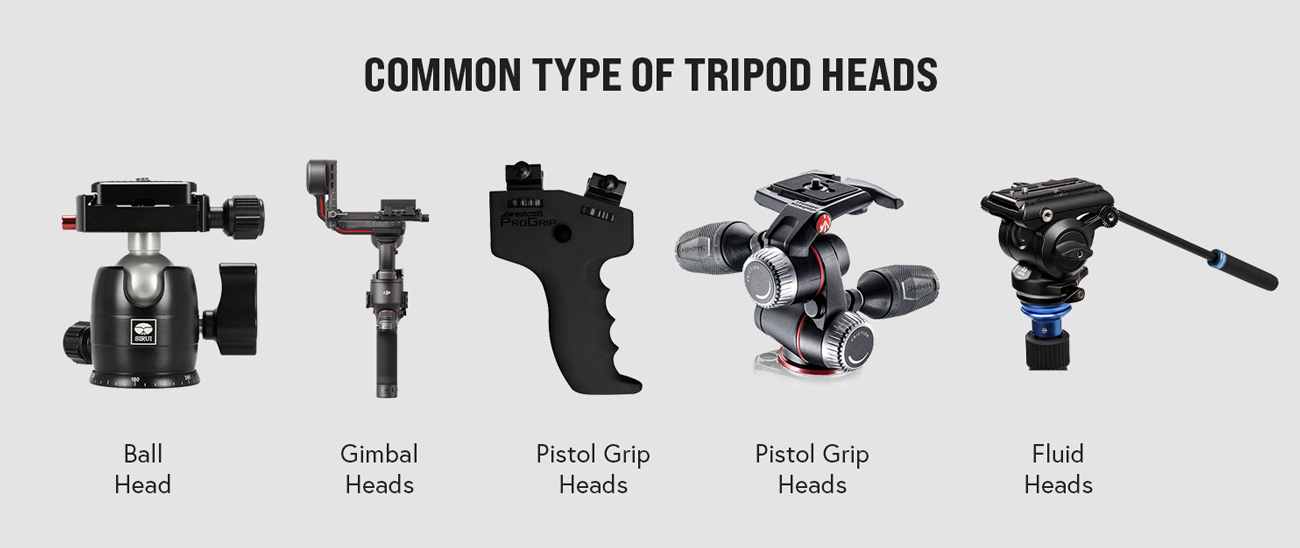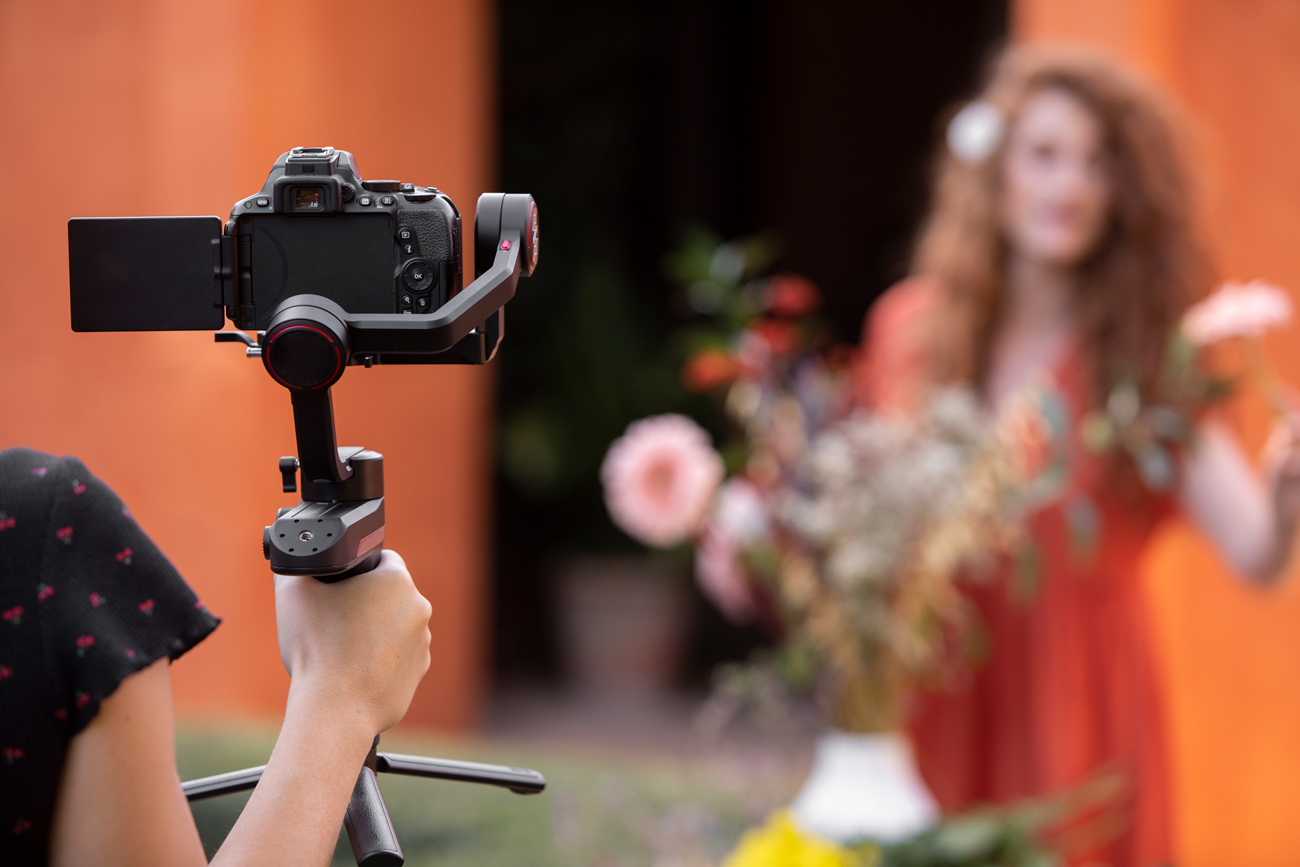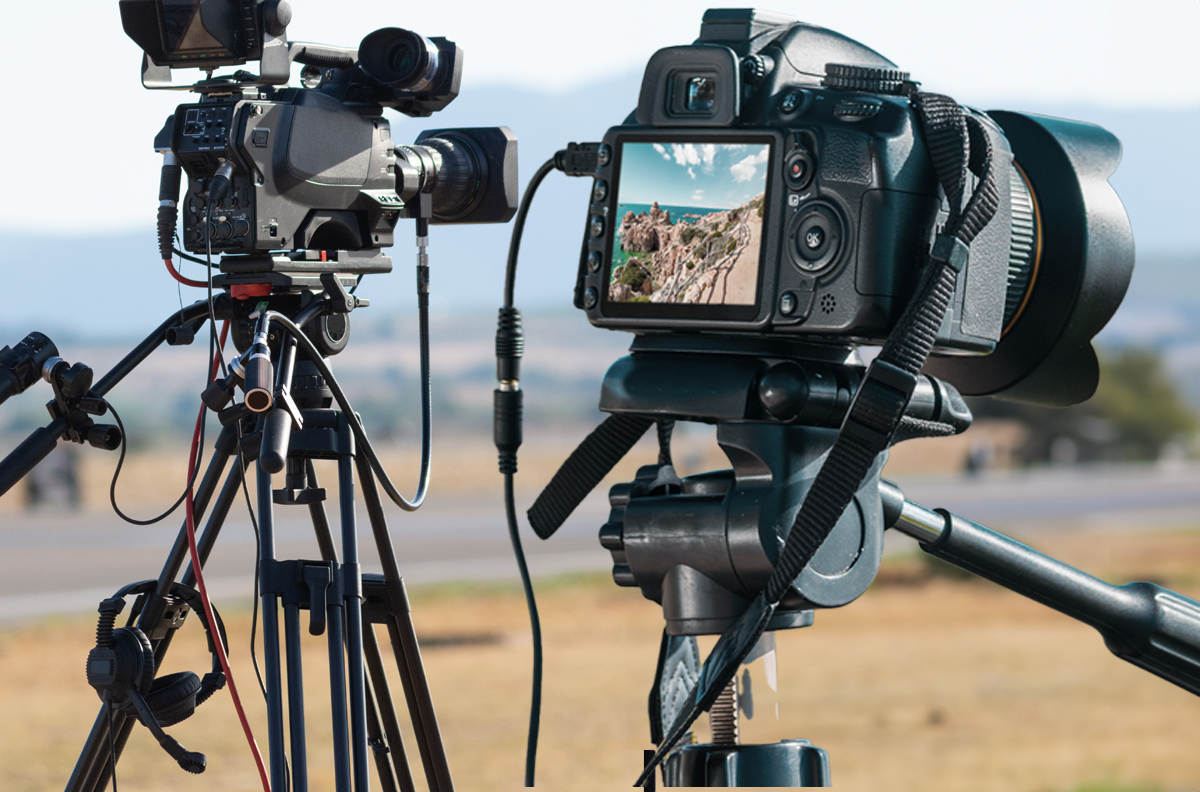When diving into photography and videography, one quickly realizes the importance of a reliable tripod. A crucial component of the setup is the tripod head, which plays a significant role in ensuring the stability and flexibility of your camera. Introducing the concept of a 'geared tripod head' is essential here, as it offers unparalleled precision control, which is particularly beneficial for landscape or architectural photography and studio work, allowing for exact alignment and composition. But are tripod heads universal? Can any camera go on any tripod? Let’s explore these questions and why choosing a tripod head and tripod can significantly impact your photography and videography experience..jpg)
Understanding Tripod Heads
A tripod head is the part of the tripod that holds your camera and allows you to adjust its orientation. There are various tripod heads designed to cater to specific needs and preferences. The most common types include:
-
Ball-Head Tripods: Known for their simplicity and ease of use, they allow quick and smooth adjustments in all directions. They consist of a ball-and-socket joint that lets you easily tilt and pan the camera. For example, the Acratech GP Series Ball-Head combines the functions of a ball-head, panoramic head, and gimbal head, making it a versatile choice for photographers.
-
Gimbal Heads: Specifically designed for wildlife and sports photography, gimbal heads provide balanced movement and support for heavier lenses, allowing photographers to capture fast-moving subjects easily.
-
Pistol Grip Heads: These heads offer one-hand control and stability, making it easier for photographers to achieve precise camera focus and capture their desired shots without hassle.
-
Three-Way Heads: With separately adjustable control levers for front and lateral tilts and scanning, three-way heads allow for precise adjustments, making them ideal for capturing macro shots and landscapes and utilizing panoramic and time-lapse features.
-
Fluid Head Tripods: These are primarily used in video equipment due to their ability to provide smooth, controlled movements. Fluid heads are designed with a hydraulic damping system that allows for precise panning and tilting, making them ideal for video production.
Panoramic heads are specialized equipment designed to capture expansive panoramic images with precision and ease, ensuring seamless panoramas.
Are Tripod Heads Universal?
The question of universality in tripod heads can be answered from a few perspectives:
-
Mounting Compatibility: Most modern tripods and tripod heads adhere to a standardized mounting system, precisely the 1/4-20 UNC thread. This standardization means that, in many cases, you can interchangeably use different tripod heads on various tripods. However, some professional or specialized tripod heads might use different mounting systems or proprietary designs, limiting compatibility.
-
Weight Capacity: To ensure stability and prevent damage, it's crucial to match the tripod head with the camera's weight and any additional equipment (like lenses, microphones, or lights). Overloading a tripod head can lead to instability and potential damage to your equipment.
-
Intended Use: Different tripod heads are designed for different types of photography and videography. For instance, a ball-head tripod is excellent for still photography due to its flexibility and ease of adjustment, but it might not be suitable for smooth video panning. Conversely, a fluid-head tripod is perfect for videography but may need more than simple still shots.
Can Any Camera Go on Any Tripod?
Any camera can be mounted on any tripod, provided the compatible mounting system. However, this doesn’t mean that any tripod suits every camera. Here are a few considerations:
-
Camera Size and Weight: A small point-and-shoot camera can fit on most tripods without issues. However, larger DSLRs or mirrorless cameras with heavy lenses require sturdier tripods and heads that can handle the additional weight. Using a lightweight tripod with a heavy camera setup can lead to instability and potential damage.
-
Shooting Conditions: The type of photography or videography you engage in can also dictate the appropriate tripod and head combination. For instance, landscape photographers might prefer a sturdy ball head tripod for flexible framing shots, while sports photographers might need a gimbal head to track fast-moving subjects.
-
Special Features: Some tripods come with features that cater to specific needs, such as macro photography, panoramic shots, or low-angle shooting. Choosing a tripod that matches your shooting style can significantly enhance your overall experience and results. Additionally, tripods that offer precise control are invaluable for photographers aiming to achieve exact composition and alignment, ensuring the highest accuracy and fine adjustment in their work.
Does It Matter What Tripod You Use for a Camera?

Yes, it does matter what tripod you use for your camera. The choice of tripod and tripod head can significantly impact your shooting experience and the quality of your results. Here are some reasons why:
-
Stability: A good tripod provides a stable platform for your camera, reducing camera shake and resulting in sharper images. This is particularly important for long exposures, macro photography, and video recording.
-
Ease of Use: Different tripod heads offer varying degrees of comfort and precision in camera positioning. A ball-head tripod allows for quick adjustments and is excellent for general photography, while a fluid-head tripod provides smooth and controlled movements ideal for video work.
-
Durability: Investing in a high-quality tripod can save you money in the long run. Cheaper tripods may be prone to wear and tear and offer different stability and reliability than more robust models.
-
Versatility: A versatile tripod setup can adapt to various shooting conditions and requirements. The right combination of tripod and head can significantly improve the ease and efficiency of your workflow.
Expert Insight from Samy's Camera
Visit with the experts at Samy’s Camera to gain more insight into the world of tripods and tripod heads. With decades of experience in the industry, Samy’s Camera is a trusted resource for photography and videography enthusiasts. Here’s what they had to say:
“Choosing the right tripod and head is crucial for achieving the best results in your photography and videography projects. At Samy’s Camera, we recommend assessing your specific needs before purchasing. For instance, if you are primarily shooting stills, a ball-head tripod offers the flexibility and ease of use needed for quick adjustments. However, if you’re into videography, a fluid-head tripod provides the smooth, controlled movements necessary for professional-quality video.
It’s also important to consider the weight of your camera and additional equipment. Overloading a tripod head can lead to instability and potential damage to your gear. At Samy’s Camera, we offer a wide range of tripods and heads to suit different requirements and budgets, ensuring you can find the perfect setup for your needs. For photographers who require precise alignment and composition, such as in landscape or architectural photography and studio work, we recommend a geared tripod head for exact adjustments and framing.”
Choosing the Right Tripod Head and Tripod
When selecting a tripod head and tripod, consider the following factors:
-
Load Capacity: Ensure that the tripod and head can support the weight of your camera and any additional gear.
-
Type of Photography/Videography: Choose a tripod head that matches your shooting style. Ball-head tripods are great for general use, while fluid-head tripods are better suited for video work.
-
Build Quality: Look for tripods and heads made from durable materials like aluminum or carbon fiber. These materials offer a good balance of weight and strength.
-
Budget: While opting for cheaper options is tempting, investing in a quality tripod and head can provide better results and longevity.
The importance of 'precise control' in tripod heads must be balanced. It is essential for precise camera positioning, ensuring photographers and videographers can capture their desired shots with high accuracy and fine adjustment.
Conclusion
In conclusion, while many tripod heads are designed to be universal regarding mounting compatibility, factors such as weight capacity, intended use, and build quality play crucial roles in determining the best tripod head and tripod for your camera. Ensuring you have the right combination can enhance your photography and videography experience, providing stability, ease of use, and durability. A geared tripod head, for example, offers unparalleled precision for exact composition, making it an excellent choice for those requiring meticulous alignment in their work. Whether you opt for a versatile ball head tripod or a precise fluid head tripod for video equipment, choosing wisely will significantly impact the quality of your work. With expert guidance from Samy’s Camera, you can confidently select the perfect tripod setup to elevate your creative endeavors.





.jpg)


